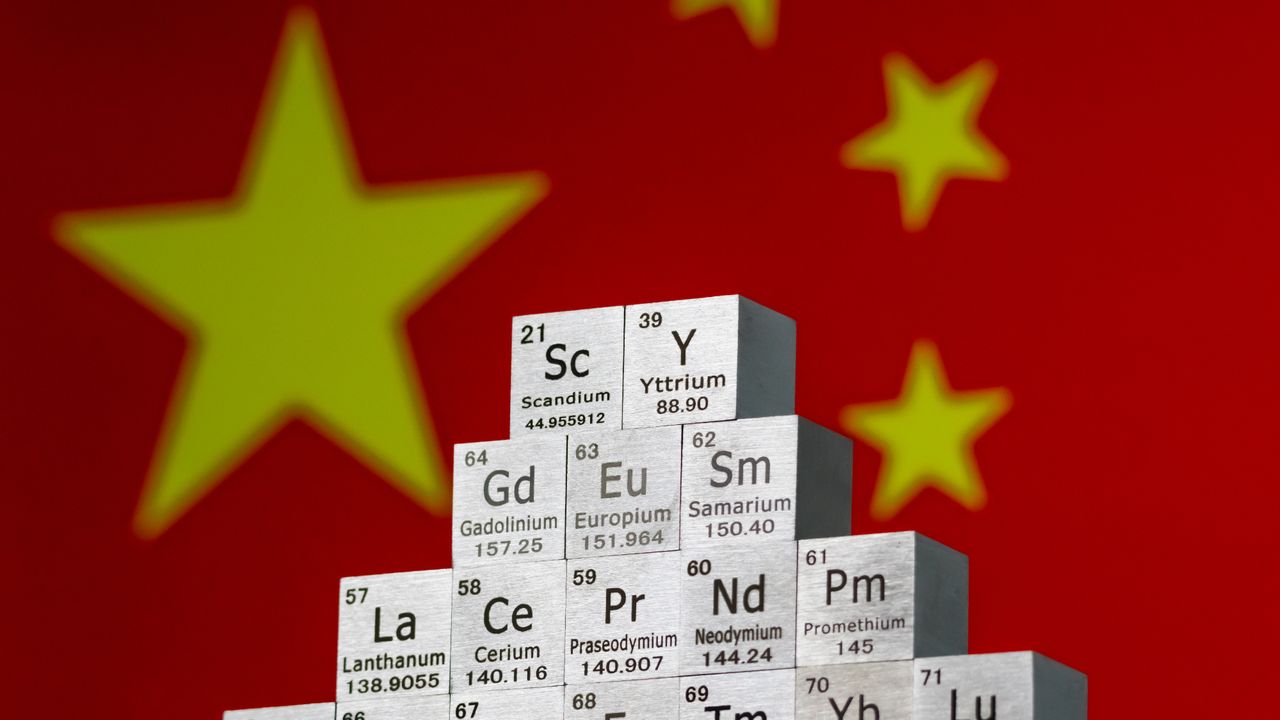
China has quietly extended its rare-earth export controls into the heart of the semiconductor supply chain.
Based on a machine translation of a new notice published October 9, the Ministry of Commerce (MOFCOM) said that exports of Chinese-origin rare earths or products made with them will now require government licenses if they’re linked to the development or manufacture of advanced chips — defined as logic at 14 nanometers or below, or memory with 256 layers or more.
The new measure builds on rules introduced in April, which imposed licensing requirements on seven rare-earth families, including samarium, terbium, dysprosium, and lutetium, as well as their magnet and sputtering-target forms. Those elements are central to chip fabrication and data storage, used in thin-film deposition, polishing compounds, and high-performance HDD motors, but the expansion goes further by introducing an end-use test tied directly to semiconductor thresholds and extending China’s jurisdiction beyond its borders.
Under MOFCOM’s updated framework, any item containing amounts of Chinese-origin rare earths, or produced using Chinese rare-earth technologies, can be subject to Beijing’s export licensing regime if its value contribution exceeds 0.1%. That means foreign companies handling downstream materials or components could find themselves caught in China’s compliance net, even when the transaction involves no Chinese entity. Officials say the policy is meant to “safeguard national security” and ensure that exports do not “enhance military potential” of any recipient.
This phrasing mirrors the language used by the U.S. Commerce Department when Washington set its own semiconductor export thresholds — 14/16nm for logic, 18nm for DRAM, and 128-layer for NAND — under rules aimed at preventing Chinese access to military-use AI hardware. China’s policy effectively flips that logic back outward, targeting the upstream materials needed to make such chips in the first place.
The new controls could slow approvals for polishing media and other rare-earth-based consumables used in front-end processes. It could also complicate global HDD production. TrendForce noted in April that rare earth restrictions may affect Seagate and Western Digital, both of which rely on Chinese-origin magnets, as well as other semiconductor and storage firms.
These latest restrictions illustrate just how far export enforcement has spread across both sides of the tech divide. In the space of a year, the U.S. has tightened controls on advanced GPUs, while China has moved upstream to the raw materials, processing technologies, and metallurgical know-how that enable chip production. Both cite the same rationale of preventing their technologies from aiding foreign militaries.

Follow Tom's Hardware on Google News, or add us as a preferred source, to get our latest news, analysis, & reviews in your feeds.







